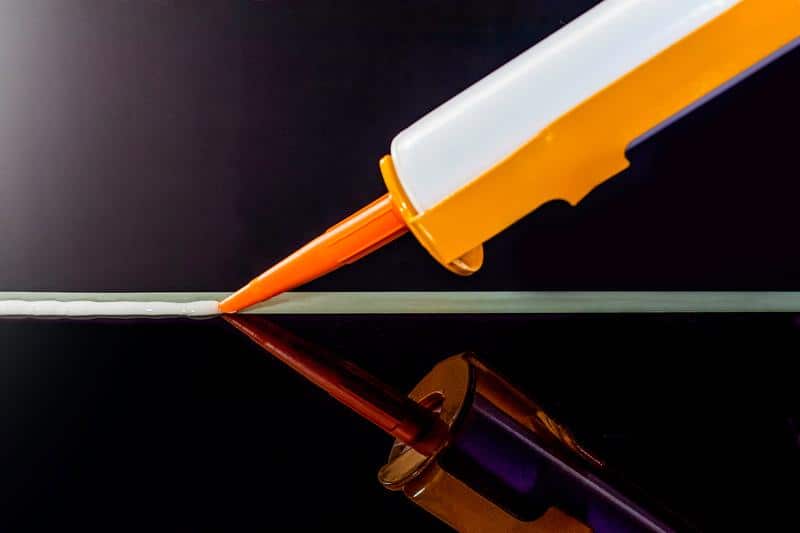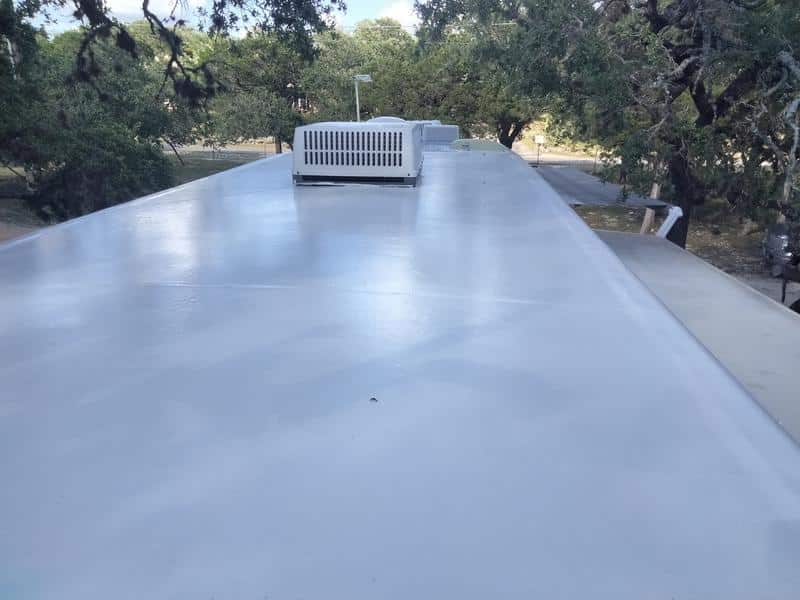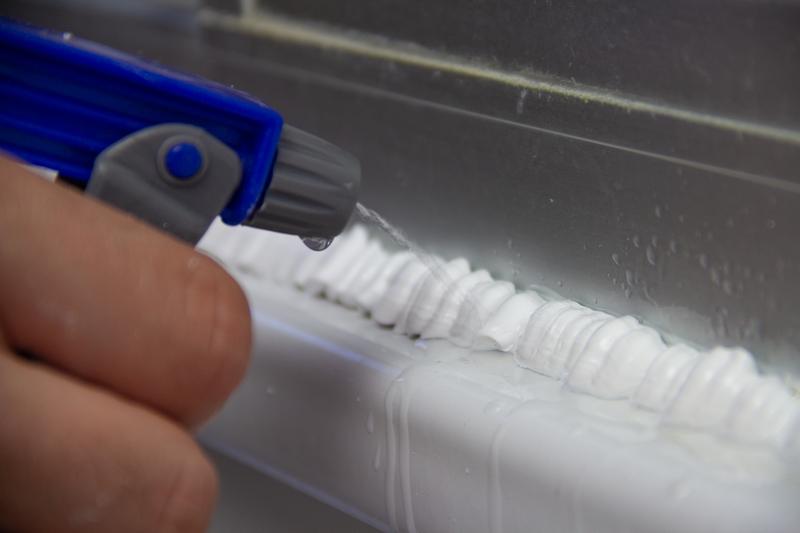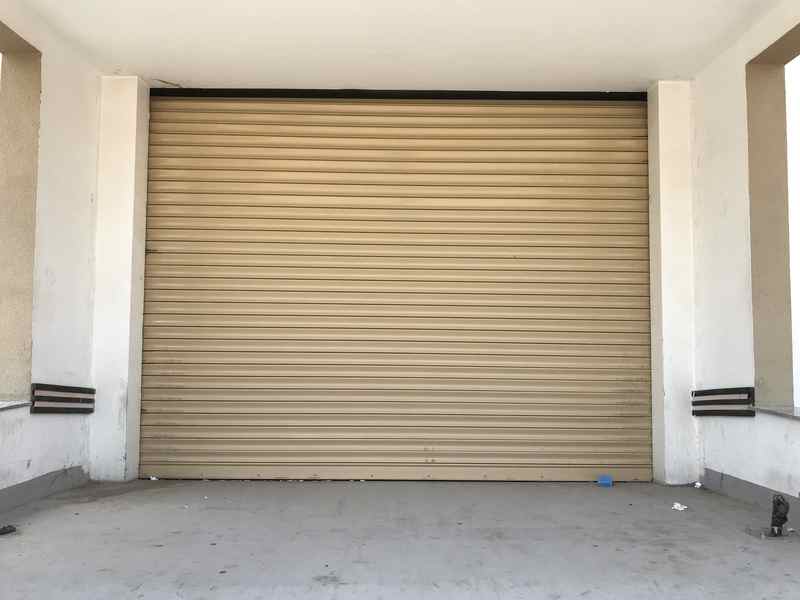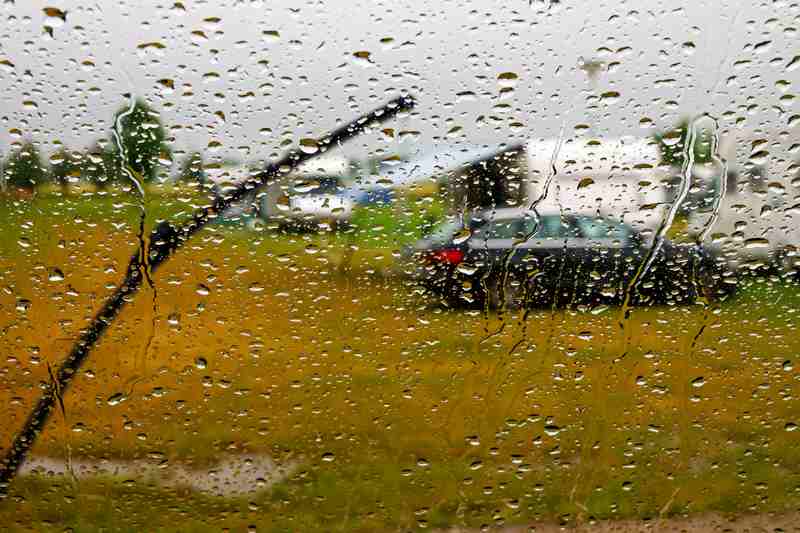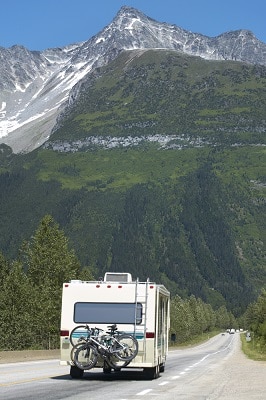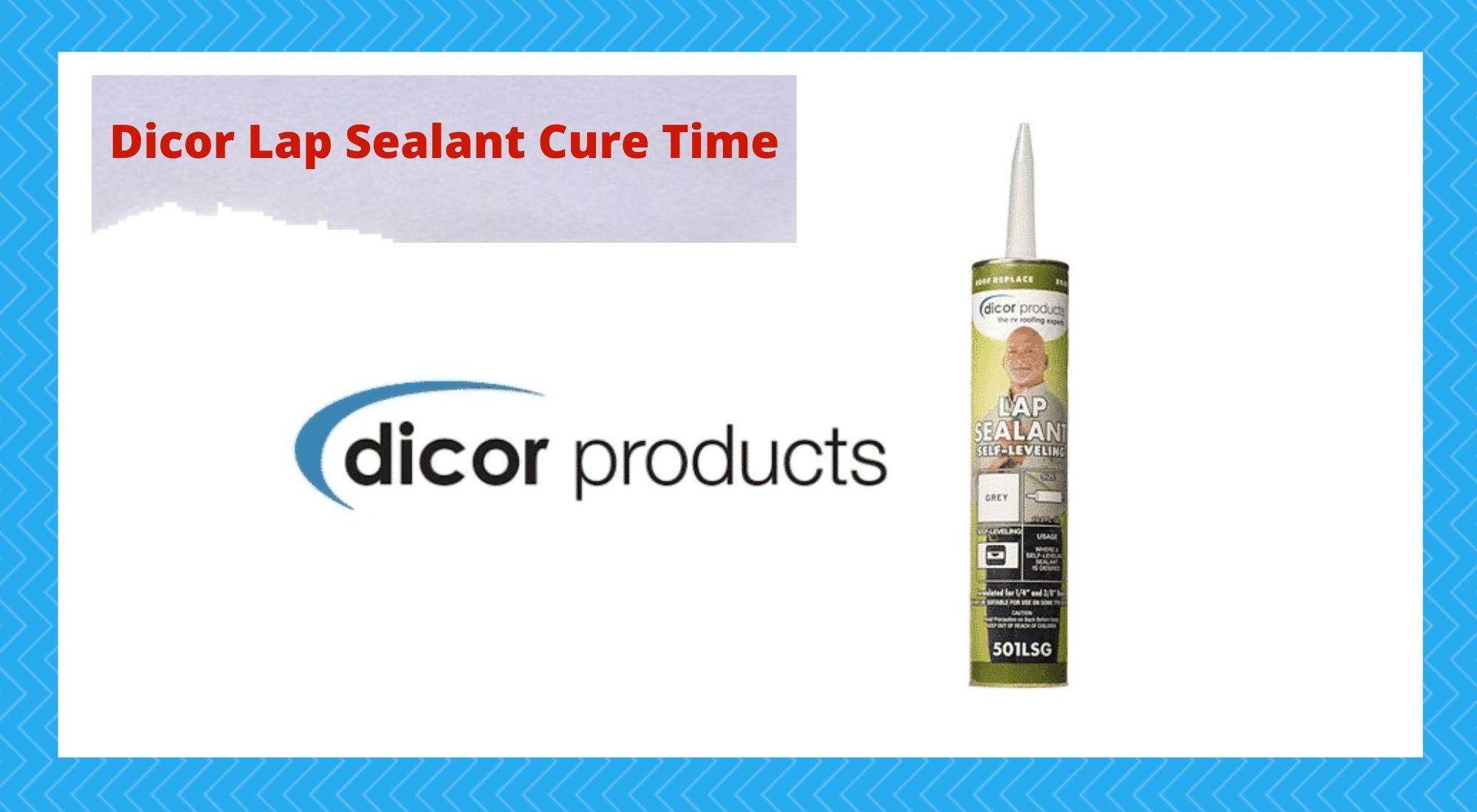
When you own an RV purchasing Dicor lap sealant can be extremely beneficial and save you tons of money. You can use this sealant to remove any holes that allow pests into your RV or to seal spots on your roof.
This sealant is excellent for small and large jobs, and you’ll notice the benefits immediately. However, you must allow time for your sealant to cure before you trust it to complete its job. Dicor lap sealant cure time depends on your situation.
Please continue reading to learn everything you need about Dicor Lap sealant and how long it takes to cure.
Average Dicor Lap Sealant Cure Time
Many people struggle to wait for the sealant to cure all the way before putting it to work. However, when you don’t give Dicor Lap sealant enough time to cure, you’ll diminish the benefits of using this product.
The amount of time it takes for your sealant to cure depends on what you use it for. It also varies based on how much sealant you require for the job. Below, we will discuss the most common sealant cure times you can expect based on the job.
Skins
When you add a thin layer of Dicor Lap sealant to your RV roof, you can expect it to cure within four hours. However, it will take longer if the weather is below 50 degrees Fahrenheit. The outdoors’s temperature greatly impacts your sealant cure time, so you should try keeping it within 50- and 70 degrees Fahrenheit.
Waterproof
If you’re adding sealant to your roof, it would be best to waterproof it so that you don’t have to worry about weather damage. When you use waterproof sealant, it will take at least 48 hours to Cure when applied in a thin layer. However, when you apply more amounts of products, it will take even longer.
Full Cure
If you want to cure your sealant fully, it will take 48 days to complete. During this time, you need to keep the climate controlled in the area to avoid interruptions. Below, we will discuss factors that can interrupt your cure time so that you can avoid them.
Factors That Affect Cure Time
The last thing you want to worry about when curing the sealant on your RV is anything interrupting the time. It can take up to 30 days to cure your sealant entirely, so you must plan ahead.
You shouldn’t apply sealant the day before a trip because it won’t cure and time, and you’ll waste your product. Instead, you would be better off applying this product during the RV offseason to ensure it cures all the way.
Temperature
The area’s temperature is the biggest aspect that can get in the way of your cure time. For example, it could take much longer for your sealant to cure during the winter because it doesn’t thrive in extremely cold temperatures. Alternatively, if you keep your sealant at temperatures above 70 degrees, you’ll also have to wait longer for it to cure.
Due to these temperature restrictions, it would be best to cure your sealant during spring or fall. This is the most likely time you can avoid extreme temperatures above 70 degrees Fahrenheit or below 40 degrees Fahrenheit. However, if you have a storage facility that allows you to control the temperature, it’ll be easier to seal your RV.
Moisture
Another aspect that can affect your sealant cure time is moisture levels in the area. So, if you live in an area that experiences high humidity, you’ll need to take precautions to avoid damage while the product cures. If there’s too much moisture in the area, there’s no way for your sealant to crystallize and protect your RV from outside forces.
It would be best to keep your RV out of the rain while the sealant cures. This is especially true if you’re curing sealant on your roof because it’s difficult to avoid water hitting the top of your RV. In addition, when water gets in the way of your cure time, it can take several days to finish the process.
External Interruptions
Always be mindful of the location in which you keep your sealant while it cures. Unfortunately, if a rodent runs across the surface area when you apply your sealant, it can get in the way of your cure time. This situation will also make it difficult for your sealant to fully crystallize and protect your RV from aspects you want to avoid.
During the curing process, keeping people away from your RV would be best, so you don’t have to worry about them interfering with the sealant. This is especially the case if you have children in the house that are known to get into things they’re not supposed to.
How To Protect Your Sealant Before It Cures
After your sealant cures, you don’t have to worry about outside forces or interruptions getting in the way of your RV lifestyle. However, your sealant is extremely vulnerable to outside forces during the curing process. Follow the steps below to protect your sealant from taking longer than necessary to cure.
- keep your RV in a well-insulated garage if you have one available
- Use a waterproof tarp over the top of your RV to protect it from rain
- Pay attention to the weather conditions you should expect throughout the month
- Wait to apply your sealant until the off-season
- Don’t apply your sealant right before a trip
If you follow all these tips, you’ll have no problems protecting your sealant while it cures. Then, it will do a fantastic job of keeping your RV safe from the elements.
Final Thoughts
Dicor Lap sealant is a staple in the RV community because it protects your camper from rain and rodents. You won’t have to worry about weather damage when you apply this sealant to your roof to fix any holes. Routine roof maintenance is an important part of RV ownership because your roof greatly affects your comfort.

